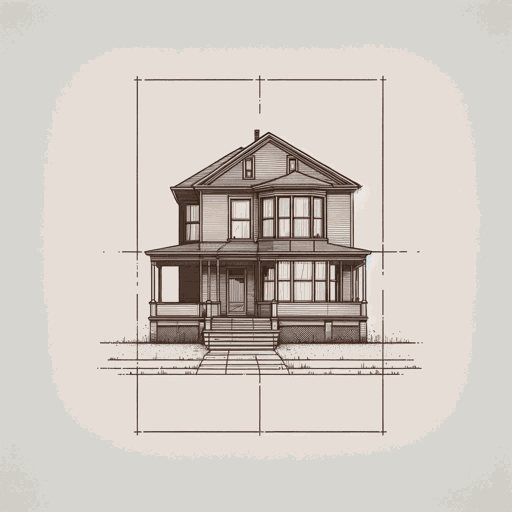39 pages • 1 hour read
Bruce NorrisClybourne Park
Fiction | Play | Adult | Published in 2010A modern alternative to SparkNotes and CliffsNotes, SuperSummary offers high-quality Study Guides with detailed chapter summaries and analysis of major themes, characters, and more.
Themes
Race and Racism
Based both before and after Lorraine Hansberry's 1959 play A Raisin in the Sun, Norris's play attempts to show the racism that drove both white flight and, fifty years later, patterns of gentrification. Racism is not explicitly addressed by any of the characters in the play's first act, and only arrives through uncomfortable moments in the second act. However, its presence and implications pervade the entire play. In A Raisin in the Sun, Karl Lindner goes to the Younger family to try to bribe them out of moving into the house they just purchased in the all-white neighborhood. His only motivation appears to be anti-black racism. He relays this situation to Russ and Bev in the play's first act. Though they, and Jim, don't exactly share his racist views, they all display racial insensitivities and ignorance of some kind. In the second act, the housing association, represented by Kevin and Lena, the great-grandniece of Lena Younger, have petitioned against the construction of a considerably larger home by a white family in the now predominantly-black neighborhood of Clybourne Park. Lena's concerns about what the arrival of white families with money means for the preservation of the neighborhood have to do with a fear of erasure of fifty years of black American history, culture, and ownership in the neighborhood.

